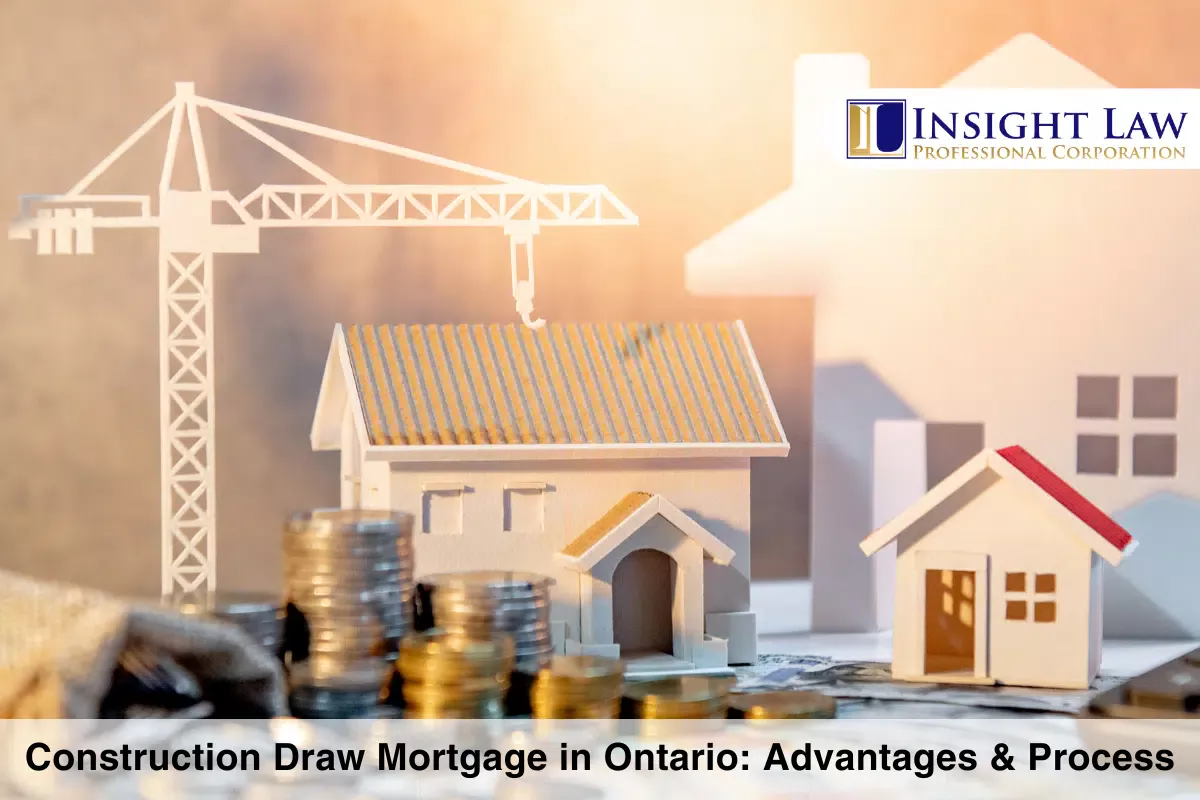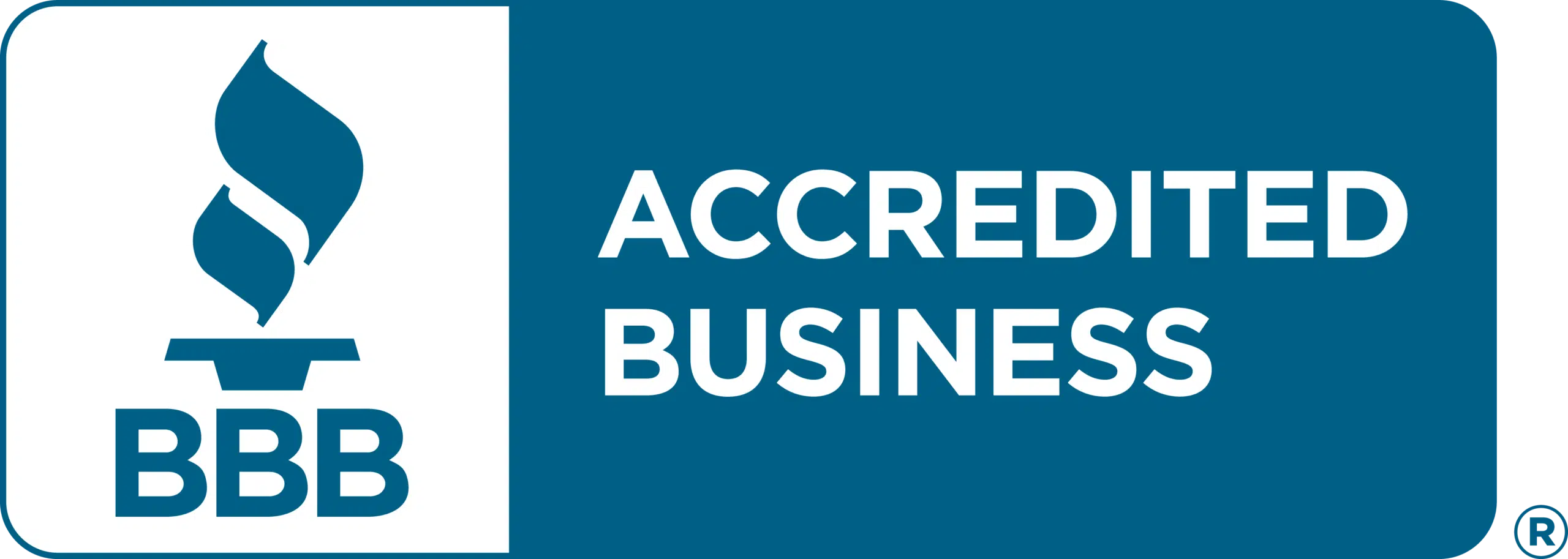When building or renovating a home, the planning process must be done carefully, particularly regarding financing. Construction Drawing Mortgages have become a favoured financial solution for these construction projects. This article will discuss this financial tool in detail.
What is a Construction Draw Mortgage?
A Construction Draw Mortgage is a specialized type of loan designed to finance a new home’s construction or significant renovation projects. Unlike traditional mortgages that provide a lump sum upfront, this type of mortgage disburses funds incrementally as the construction progresses. Typically, the lender and borrower agree on a draw schedule, which outlines specific stages of the construction at which funds will be released. These stages might include milestones such as laying the foundation, completing the framing, and finishing the interior. Before each draw is released, the lender usually requires an inspection to ensure that the construction work meets the agreed-upon standards and that the project is on track.
During the construction phase, borrowers generally make interest-only payments on the funds that have been drawn, which can ease the financial burden during the period. Once the construction is completed, the mortgage often transitions into a traditional mortgage, where the borrower begins making regular principal and interest payments. This structured approach not only helps in managing the construction costs effectively but also assures the lender that the funds are being used appropriately and the project is progressing as planned.
What is the process of getting a Construction Draw Mortgage?
Mortgage Pre-approval
- Contact a Mortgage Broker or Lender: Engage with a mortgage broker or directly approach lenders. This will help you gauge how much you might be eligible to borrow based on your creditworthiness, income, and the project’s specifics.
- Documentation: Be prepared to provide documents such as proof of income, credit history, the value of the property (or land), and details about the construction project, including estimated costs, contractor details, and timelines.
Detailed Project Plan
- Blueprints and Specifications: Lenders will typically require detailed blueprints and specifications of the planned construction.
- Contractor and Builder Details: Have all information about the contractor or builder, including their credentials, past work, and references.
- Fixed-Price Building Contract: Some lenders may require a fixed-price building contract to ensure that the project cost remains consistent.
Finalize the Mortgage Application
- Submit the Application: With all the details and documents, submit your mortgage application.
- Approval: Your application will be approved if everything is in order and the lender is satisfied with the project’s viability and ability to repay the loan.
Phases of the Draw
The draw process typically follows specific construction milestones:
- Foundation Draw: Once the foundation is set, a portion of the loan is released.
- Framing Draw: Funds are released when the home’s structure is built and enclosed.
- Lock-Up Draw: This draw is given when the exterior doors and windows are installed.
- Drywall Draw: Disbursed after the drywall installation is complete.
- Completion Draw: The final release of funds when the home is complete and ready for occupancy.
Advantages of a Construction Draw Mortgage
- Cash Flow Management: Construction Draw Mortgage lets you finance your project as you see fit. Builders can align their expenses with the funds released, ensuring they have the necessary capital at every stage. Construction loans are often paid interest only during construction. In addition, the payments made on advancements help keep costs as low as possible during construction.
- Lender Security: Staged disbursement safeguards lenders by ensuring the loan is used specifically for the project.
- Ensured Project Quality: Inspections before each draw regularly assess quality and progress.
- Short-Term Loan: Construction loans are typically short-term to ensure funds availability and flexibility, with minimal interest accrual.
- Advanced in Multiple Draws: Construction loans are advanced at measured completion markers. This added structure allows you to make payments only on the money provided rather than the entire amount.
Factors to Consider
- Interest and Fees: Interest rates for construction draw mortgages may be higher than traditional ones. Additionally, there might be fees associated with inspections or administration.
- Duration: Some construction mortgages are designed as short-term loans, requiring homeowners to refinance into a traditional mortgage once the construction is complete.
- Contingency Funds: It’s wise to have a contingency budget. Construction projects can face unforeseen costs, and having a buffer ensures the project doesn’t stall due to a lack of funds.
Example Scenario
Alex and Jamie resided in an aging yet charming home in Ontario. Seeing the potential in their home, they envisioned a grand renovation that would both address structural concerns and bring modern comforts. Their initial discussions with architects and contractors culminated in an estimated renovation budget of $500,000.
1. Initial Preparations: After discussing their vision with an architect, Alex and Jamie received a detailed renovation plan with blueprints and specifications. They also finalized a fixed-price contract with a reputable local builder, ensuring the project’s costs wouldn’t escalate unexpectedly.
2. Mortgage Consultation: Knowing they needed financing, the couple approached a mortgage broker experienced in construction draw mortgages in Ontario. After detailed consultations and a review of their financials, they were advised on the best lenders and terms available.
3. Mortgage Approval: With the broker’s guidance, they compiled all necessary documents, including their income details, credit history, and specifics of the renovation. A short while after submitting their application, they were elated to learn the bank approved them for the entire $500,000.
4. The Draw Process: The draw stages, tied to key renovation milestones, were outlined:
- Foundation Draw: Once the foundation issues of their home were addressed and revamped, the bank released 20% of the loan. This amounted to $100,000. Alex and Jamie paid their contractors with this, ensuring no hiccups in the renovation process.
- Framing Draw: As their home underwent significant structural changes, the next draw was agreed upon after completing the framing. This represented another 25% of the loan or $125,000.
- Lock-Up Draw: The subsequent phase involved sealing their home from potential external elements. With the installation of new exterior doors and windows, another 25% ($125,000) was released.
- Drywall Draw: Their home started looking more recognizable when the drywall was installed. This milestone triggered another 20% draw, providing them with $100,000.
- Completion Draw: The finishing touches were added, including new fittings, fixtures, and paint. Once everything was complete, the bank released the remaining 10%, amounting to $50,000.
Alex and Jamie were only charged interest on the amount they had drawn throughout the renovation. So, initially, their interest payments were based only on the first $100,000, which eased their financial burden. As they drew more, the interest was adjusted accordingly.
5. Transition and Reflection: Alex and Jamie’s construction draw mortgage transitioned into a conventional mortgage once the renovation was complete. They were now making regular mortgage payments on the full $500,000.
Additional Information
- Qualification: Not everyone qualifies for a construction mortgage. Lenders may require a detailed construction plan, including timelines, a fixed-price building contract, and details about the builder.
- Land Ownership: If you’re building a new home, some lenders may require you to own the land for a specific duration before they approve the mortgage. Others might allow the land’s purchase to be part of the first draw.
- HST Rebates: In Ontario, homeowners might be eligible for an HST rebate on new home construction. Ensure you consult with a tax expert to understand potential savings.
How Can a Lawyer Help with a Construction Draw Mortgage?
Here’s how a lawyer can assist during this process:
Contract Review and Drafting
A Construction Draw Mortgage will involve multiple contracts, not just with the lender but also with contractors, builders, and other involved parties. A lawyer can:
- Draft contracts that protect your interests, ensuring the terms are clear and enforceable.
- Review existing contracts to identify potential pitfalls or unfavourable terms.
Title Examination
When obtaining a mortgage, it’s essential that the title to the property is clear of any liens or encumbrances. A title review lawyer can:
- Conduct a title search to ensure the property is free from unforeseen claims.
- Handle title insurance to protect against potential title defects.
Conflict Resolution
Construction projects can sometimes lead to disputes, whether they’re related to project delays, work quality, or other issues. A lawyer can:
- Provide mediation between parties to resolve disputes amicably.
- Represent you in litigation if disputes escalate to a legal confrontation.
Compliance with Local Regulations:
Building and renovation projects must adhere to local zoning laws, codes, and regulations. A real estate lawyer can:
- Ensure all permits and licenses are in order.
- Advise on compliance with local bylaws and provincial regulations.
Closing the Mortgage
Once the construction is complete and it’s time to convert the draw mortgage into a traditional mortgage or finalize payments, a lawyer can:
- Review mortgage documents for the final conversion.
- Ensure all financial obligations have been appropriately addressed and there are no outstanding liens or issues.
Summary
Construction Draw Mortgage in Ontario offers a structured financial approach for those embarking on significant construction or renovation projects. While it offers many benefits, it’s crucial to understand its intricacies. Engaging with a mortgage specialist and a real estate lawyer can provide clarity and ensure you’re well-equipped to navigate this journey.
The information provided above is of a general nature and should not be considered legal advice. Every transaction or circumstance is unique, and obtaining specific legal advice is necessary to address your particular requirements. Therefore, if you have any legal questions, it is recommended that you consult with a lawyer.







